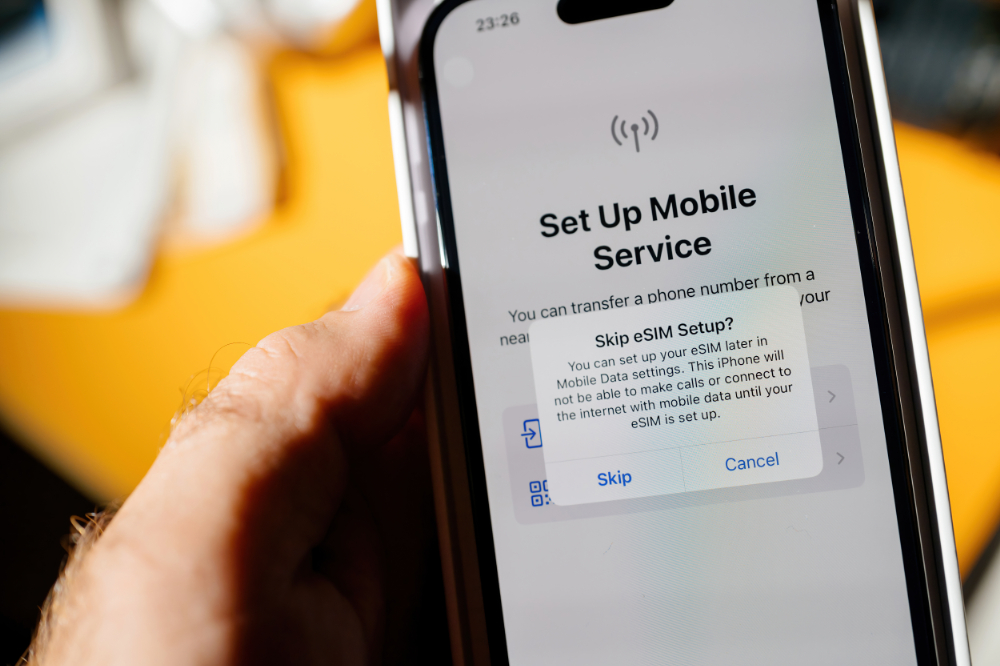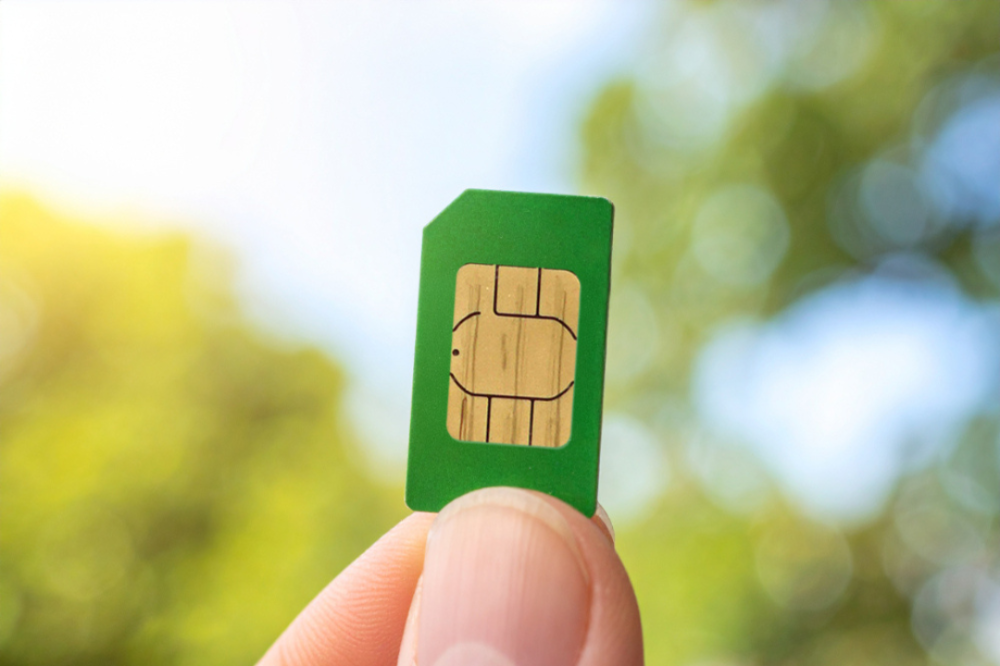Free WiFi in Japan: What Travelers Need to Know

Access to the internet is an essential part of modern travel, especially in countries like Japan, where public transportation, cultural landmarks, and essential services are often best navigated with the help of mobile apps and online resources.
For travelers, however, finding free WiFi in Japan can be a challenge. This guide will explain where and how to use free WiFi, outline its limitations and safety concerns, and introduce a reliable backup option for stress-free travel.
Free WiFi in Japan: What it is and How Travelers Can Use it
Staying connected while exploring Japan is essential for both ease and peace of mind.
Knowing how free WiFi works—and how to access it—can help visitors travel more smoothly and get the most out of their trip.
What is Free WiFi in Japan?
Free WiFi refers to publicly accessible wireless internet offered in select locations across the country.
A combination of local governments, telecommunications companies, and private businesses, such as convenience stores, hotels, and restaurants, typically provides these networks.
For international visitors, these services can provide occasional access to internet-based tools for navigation, translation, and communication, which are particularly useful when exploring a new city or seeking directions.
Benefits for Tourists Visiting Japan
For tourists, having access to WiFi in Japan can significantly enhance the travel experience. Reliable internet enables visitors to use GPS navigation to easily find train routes, bus stops, and local landmarks.
In addition, translation apps quickly become essential tools when trying to read menus, signage, or communicate with locals. WiFi also enables travelers to stay in touch with friends and family, share real-time photos and videos on social media, and gather up-to-date information about attractions, restaurant hours, and events.
These digital conveniences make exploring Japan more enjoyable, organized, and interactive, especially in busy cities where efficiency and timing matter.
Here’s why free WiFi in particular can be an attractive option:
- ●Cost-saving connectivity: Free WiFi lets you go online without paying for roaming or renting a device—ideal for budget-conscious travelers or those who only need occasional access.
- ●No setup hassles: Unlike SIM cards or eSIMs, which may require device compatibility or setup, most free WiFi networks in Japan only need a login or email verification.
- ●Convenient for light browsing: If you only need occasional internet access, free public hot spots can be a useful solution.
Is There Free WiFi in Japan? Tips on Where to Find it
 Free WiFi is available in many parts of Japan, yet it is not as universally accessible as in some other countries. Knowing where to find it can save time and trouble.
Free WiFi is available in many parts of Japan, yet it is not as universally accessible as in some other countries. Knowing where to find it can save time and trouble.
Top Locations Offering Free WiFi in Japan
The most common places where travelers can typically find WiFi access include:
- ●Airports: Major international hubs, such as Narita, Haneda, and Kansai International, offer free WiFi throughout their terminals, making it easy to connect right after landing.
- ●Train and Subway Stations: Services such as JR East Free WiFi and Tokyo Metro Free WiFi are available in many urban transit hubs.
- ●Hotels and Hostels: Most accommodations provide complimentary WiFi in rooms and common areas.
- ●Cafes and Fast-Food Chains: Starbucks, Tully’s Coffee, and McDonald’s often offer reliable, though time-limited, WiFi access.
- ●Convenience Stores: National chains like 7-Eleven, Lawson, and FamilyMart offer free WiFi networks; however, access may require navigating a Japanese-language login page.
Special Tourist WiFi Services
Additionally, some networks are specifically designed for international visitors:
- ●FREE WiFi PASSPORT (SoftBank):
A nationwide service that provides foreign tourists with access to approximately 400,000 SoftBank hotspots, located in various restaurants, cafes, train stations, and other establishments throughout Japan.
Activation is simple—you just need to call a telephone number to receive your password. - ●TOKYO FREE WiFi:
Operated by the Tokyo Metropolitan Government, this network features thousands of access points throughout the city, particularly in public facilities and areas frequented by tourists.
Is Free WiFi in Japan Safe to Use ?

Although free WiFi networks can be helpful for travelers, they come with significant limitations and potential security risks. Learning how to identify safe networks and protect your data is essential for an enjoyable internet experience in Japan.
Common Issues With Free WiFi in Japan
In practice, using free WiFi in Japan can be frustrating at times, with a range of technical and accessibility challenges that may catch travelers off guard, such as:
- ●Urban-focused coverage:
As we have seen, free WiFi is most commonly found in transportation hubs, chain cafes, convenience stores, and department stores in big cities like Tokyo and Osaka.
However, once you leave these urban centers, hotspots become scarce, especially in rural towns, smaller train stations, and countryside tourist destinations. - ●Weak signal strength and inconsistent speeds:
Even in well-trafficked areas, connection quality can vary. Many free networks are not designed to handle high traffic, so speeds often drop during peak hours. Streaming, video calls, or uploading large photos and videos to social media may be difficult or impossible. - ●Session time limits:
Some networks cap access at 15 to 30 minutes per session. After the time expires, you may be disconnected and required to log in again—an inconvenience if you’re in the middle of a map search or message. - ●Unstable connections and frequent logouts:
It’s common to get kicked off the network if you move between areas, switch apps, or your phone idles. You may need to re-enter your login details or accept the terms of service repeatedly, which can interrupt your usage. - ●Language barriers:
While some networks are tourist-friendly, others display login pages, terms of service, or instructions only in Japanese, which can make it confusing or impossible to access the internet. - ●Time-consuming to locate and connect:
Searching for a usable hotspot, dealing with login processes, and reconnecting can eat into your travel time and become frustrating, particularly when you’re trying to check train schedules, contact someone, or navigate unfamiliar areas.
Safety Concerns
Additionally, it’s essential to understand that free WiFi carries security risks, such as:
- ●Data interception:
Public WiFi networks are typically unsecured, which implies that cybercriminals can intercept your online activity. Information such as passwords, credit card numbers, and private messages can be intercepted, especially if you’re not using encryption (like HTTPS or a VPN). - ●Man-in-the-middle attacks:
On unsecured networks, attackers can insert themselves between you and the website you’re accessing, allowing them to monitor your communications without your knowledge. - ●Fake WiFi hotspots:
In some cases, scammers may create lookalike networks with names similar to legitimate businesses (e.g., “FreeCafe_WiFi” vs. “CafeFree_WiFi”), tricking users into connecting and exposing their data. - ●Malware and phishing:
Some free WiFi portals may redirect you to fake websites or display pop-ups prompting you to download fake “updates” or apps that contain malware.
How to Use Free WiFi Safely
Considering the dangers that free WiFi implies, it’s essential to take precautions to protect your personal information. Here are key tips to stay secure while staying connected:
- ●Turn off auto-connect settings:
Many devices are set to automatically join open networks, which can expose you to unsafe or fake WiFi connections. Before you travel, disable the auto-connect feature in your phone or laptop settings to ensure you connect only to trusted networks manually. - ●Avoid sensitive activities:
Free public networks are not secure enough for tasks that involve personal data. Avoid logging in to online banking, shopping with credit cards, or accessing private accounts while on free WiFi. - ●Verify the network before connecting:
Fake networks are often designed to mimic legitimate ones. Always check the official network name (SSID) with staff or posted signage at the location. Be cautious of login pages that appear suspicious, request unusual permissions, or redirect you unexpectedly. - ●Use a VPN if possible:
A virtual private network (VPN) encrypts your internet connection, adding an extra layer of protection against data interception, even on unsecured networks. - ●Log out and disconnect when finished:
Once you’ve finished using free WiFi, log out of any accounts you accessed and disconnect from the network to reduce the risk of background tracking or exposure.
By staying cautious and informed, you can safely enjoy the benefits of free WiFi in Japan without compromising your privacy or security.
Pocket WiFi: The Safe and Reliable Alternative to Free WiFi in Japan

Pocket WiFi offers a reliable, secure, and flexible way to stay connected throughout Japan, making it ideal for travelers seeking hassle-free internet access that surpasses what free WiFi can provide. Pocket WiFi provides travelers with:
- ●Unlimited data:
Many providers offer unlimited or high-cap data plans, so you can browse, stream, and navigate without worrying about usage limits. NINJA WiFi’s plans start at just 440 yen a day, making it a dependable and cost-effective solution. - ●Reliable coverage:
Unlike free WiFi, pocket WiFi works in both cities and rural areas, making it perfect for exploring off the beaten path. - ●Multi-device support:
Most units allow you to connect multiple devices simultaneously, making them ideal for families, groups, or travelers with various gadgets. - ●No SIM required:
Just power it on and connect—no need to swap SIM cards or adjust your phone settings.
While SIM cards and eSIMs are also viable options for staying connected, pocket WiFi stands out for its ease of use, ability to support multiple devices, and consistent performance across Japan.
How Pocket WiFi Compares to Free WiFi
|
Feature |
Free WiFi in Japan |
Pocket WiFi |
|
Availability |
Spotty, mostly urban |
Nationwide, any time |
|
Security |
Low (public networks) |
High (private, encrypted connection) |
|
Convenience |
Manual logins, app-based |
Always on, just one setup |
|
Cost |
Free |
Affordable (multiple users can share the cost) |
Conclusion
Free WiFi in Japan can be a convenient option for casual use, but it often falls short in terms of reliability, coverage, and security.
It may suit travelers who only need occasional access and don’t mind logging in repeatedly.
Still, for those who value consistent, fast, and private internet on the go, pocket WiFi is a far more dependable choice.
For maximum convenience, consider NINJA WiFi, which offers unlimited data, easy pickup at 10 different airports nationwide, and flexible return options anywhere in Japan.
Reserve your NINJA WiFi unit now and travel with confidence.









